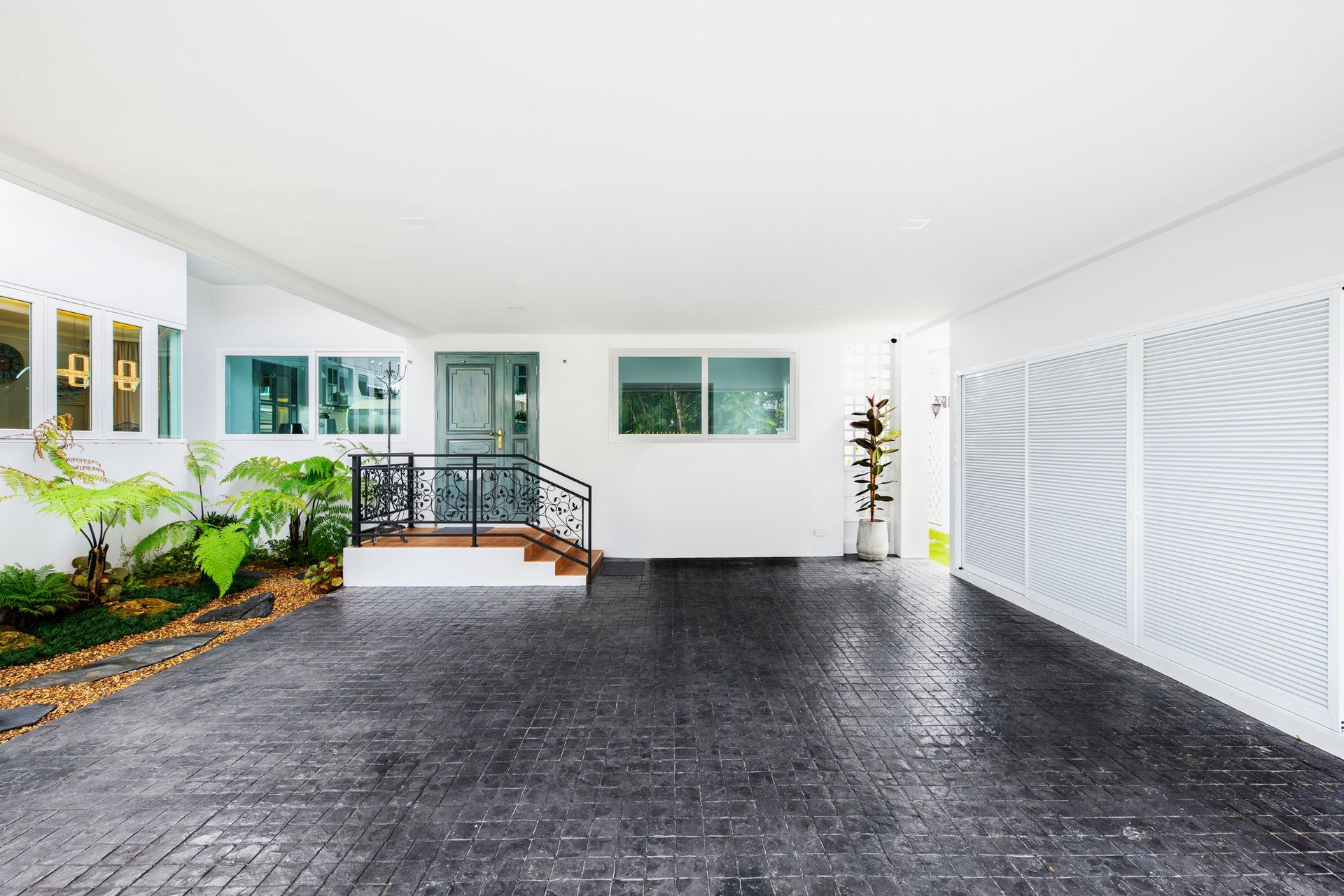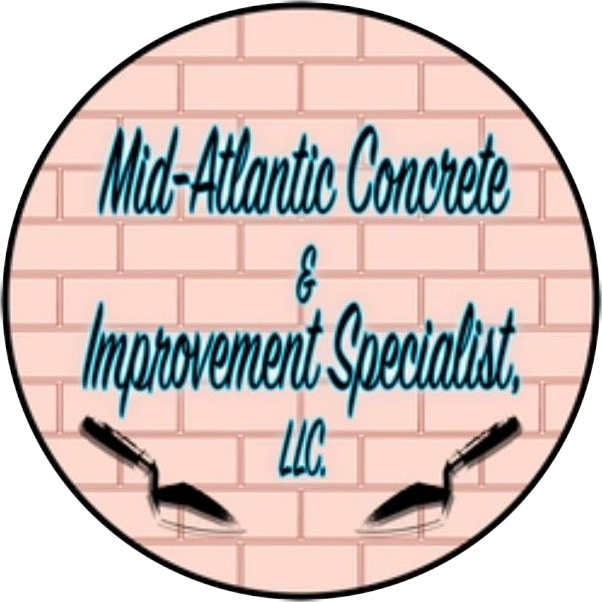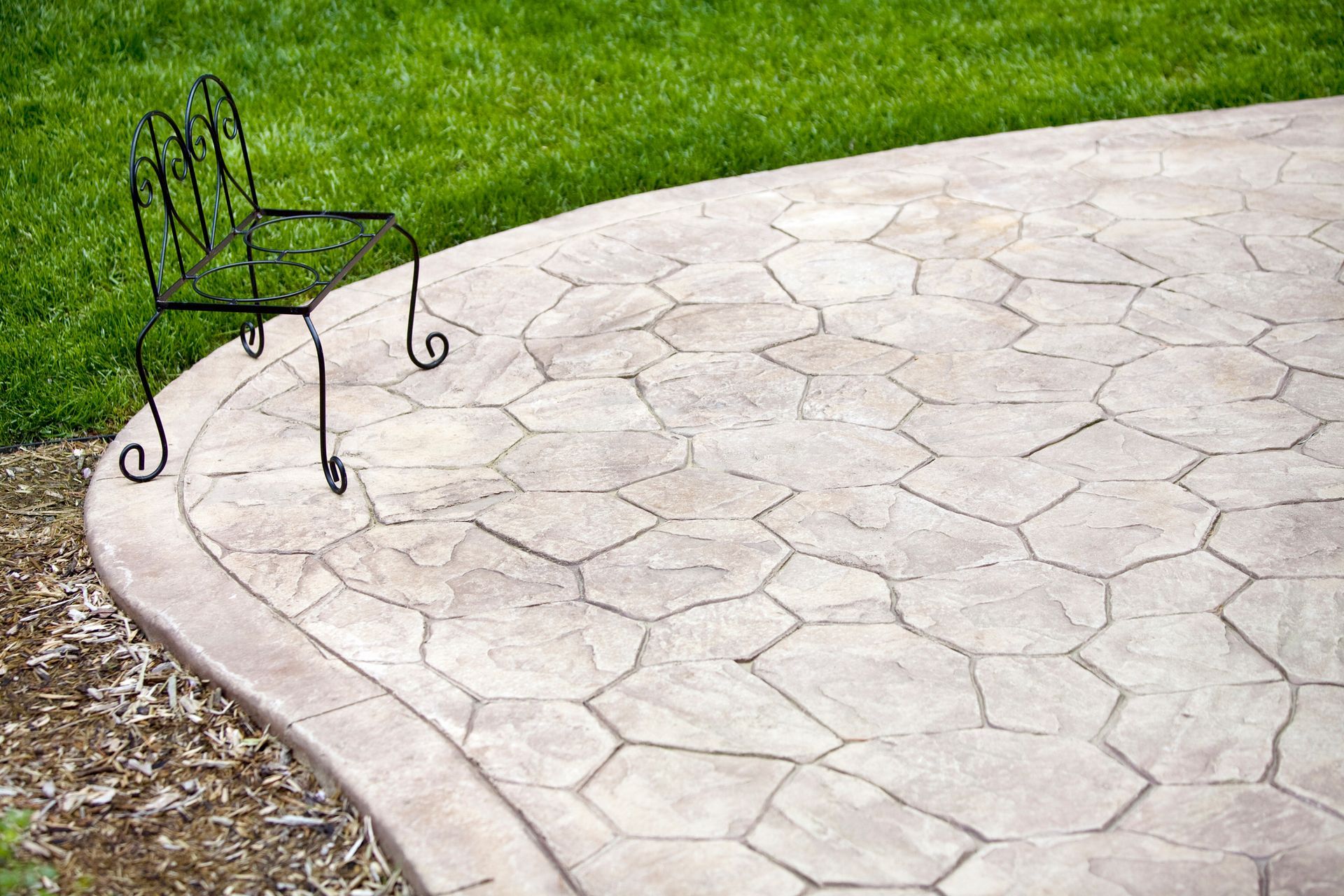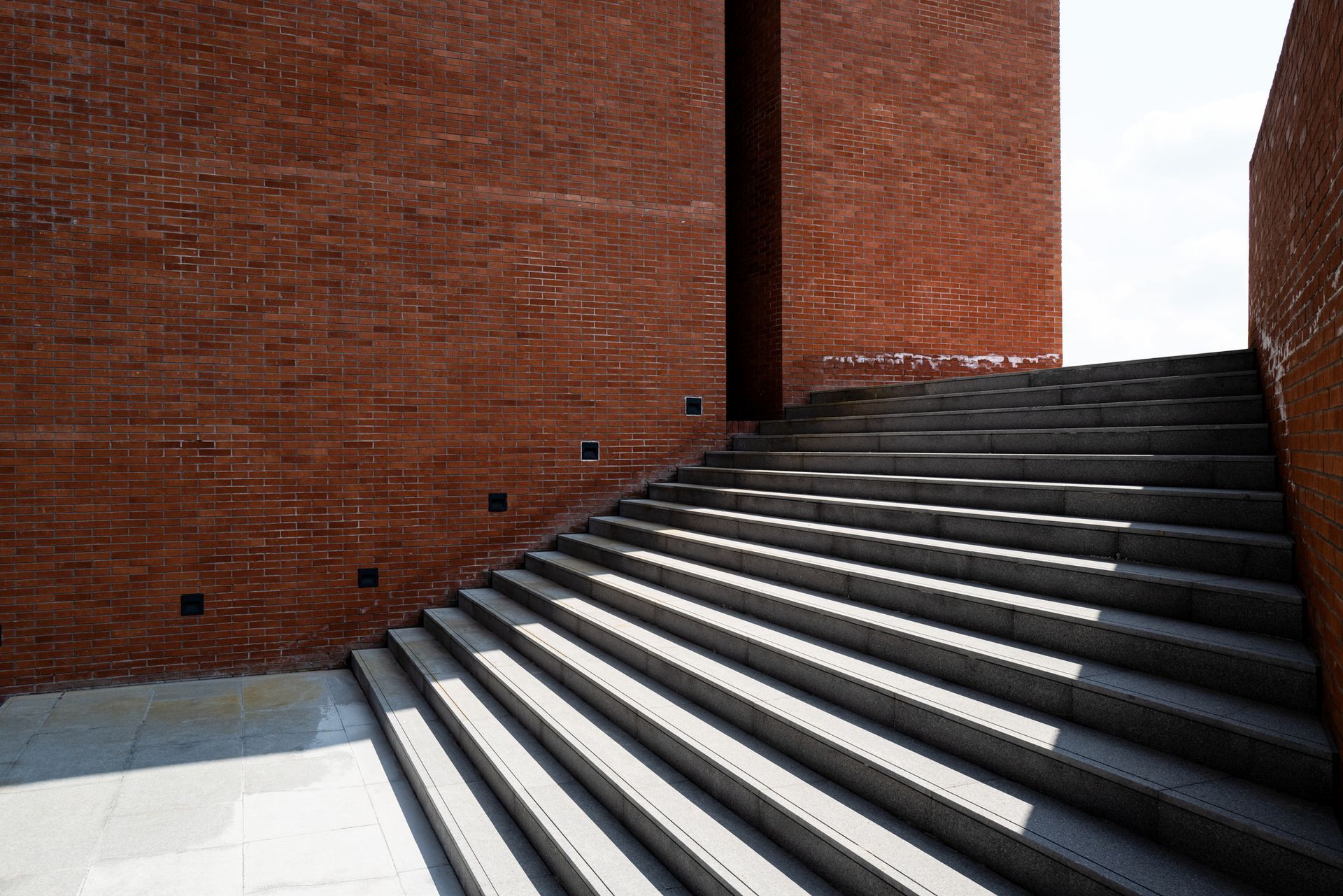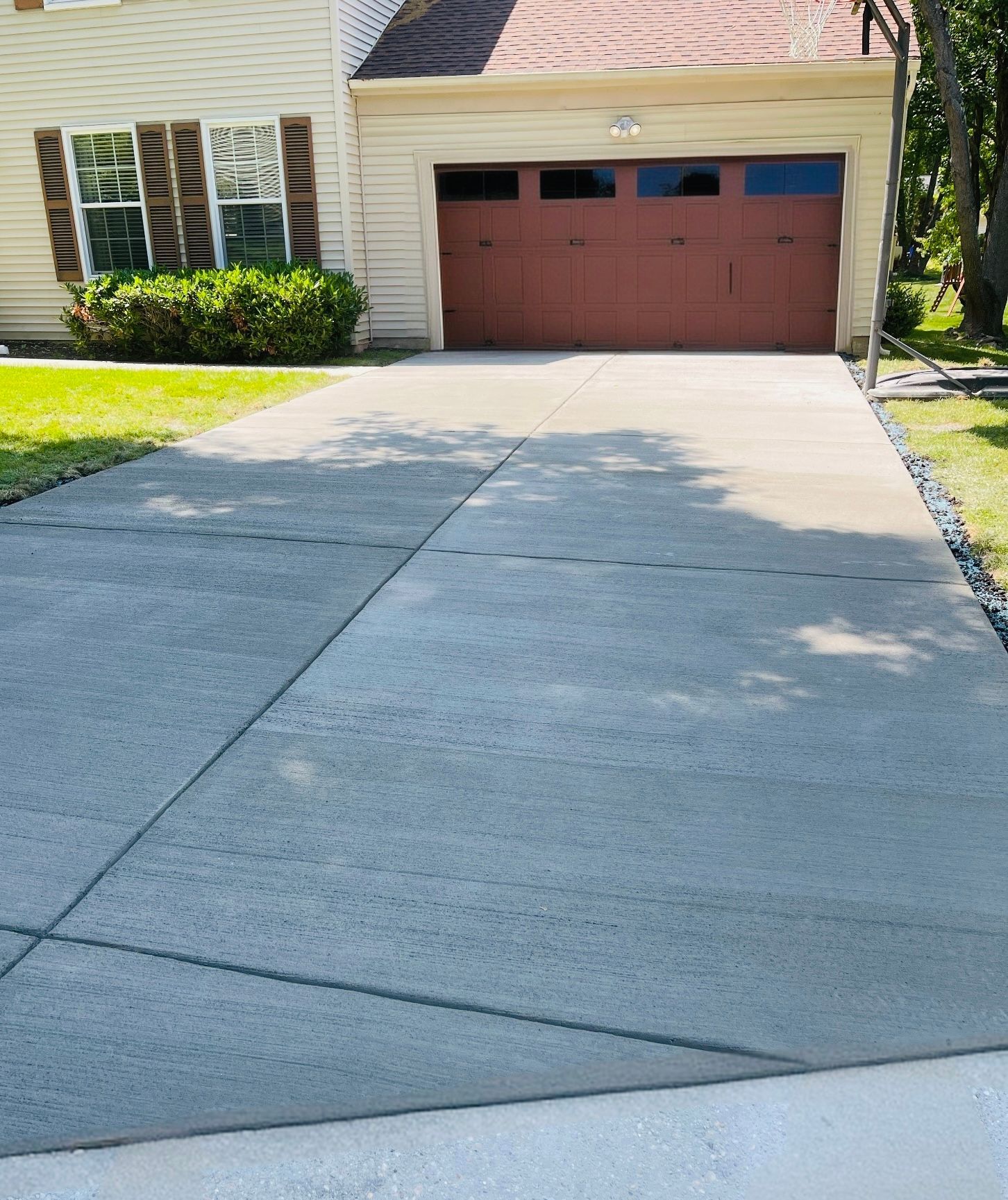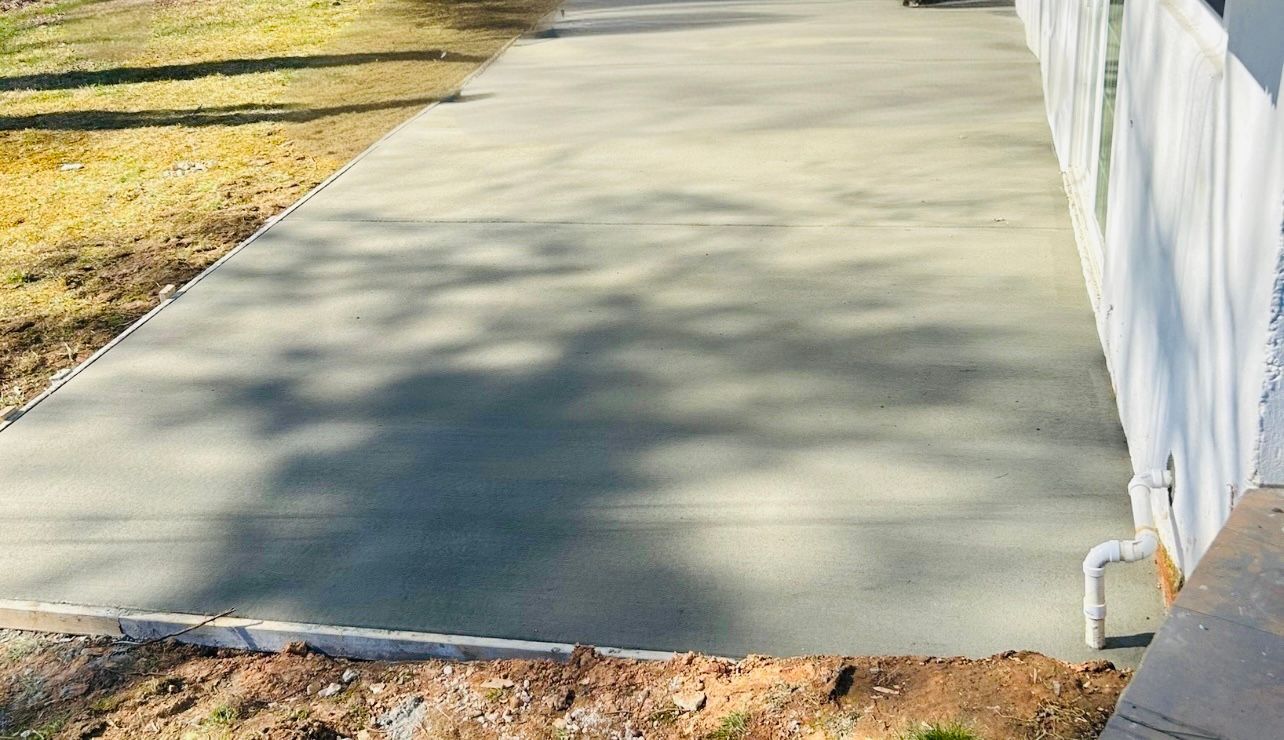The Impact of Weather on Concrete Quality
The quality and longevity of concrete structures are largely influenced by the weather conditions during their construction phase, and even beyond. This article titled 'The Impact of Weather on Concrete Quality' seeks to delve into the significant effects that various weather elements may have on the overall quality of concrete and the resultant structures. We will explore how changes in temperature, precipitation levels, humidity, and wind speed can adversely affect the mixing, curing, and drying processes of concrete, potentially compromising its structural integrity and longevity.
Understanding
the impact of weather on concrete quality is not just a matter of academic interest, but a crucial aspect for architects, engineers, and construction professionals. Extreme weather conditions can lead to serious structural issues such as cracking, spalling, and efflorescence, which can compromise the safety and durability of concrete structures. Additionally, the financial implications of rectifying such issues can be quite hefty, making it more important to understand this correlation.
By gaining a comprehensive understanding of how weather conditions can affect concrete quality, professionals in the field can devise effective strategies to mitigate these effects, improving the lifespan and durability of their concrete structures.
Understanding Concrete
To fully comprehend the impact of weather on concrete quality, it's essential to first understand what concrete is and what factors contribute to its overall quality. Concrete is a composite material primarily made up of three basic components: water, aggregate (rocks, gravel, or sand), and cement. This mixture, when poured and allowed to harden, forms a stone-like substance capable of withstanding tremendous amounts of pressure, making it a go-to material in various construction projects.
Factors that Can Affect the Quality of Concrete
Numerous factors can significantly affect the quality of concrete. These include the ratio of water to cement in the mixture, the quality of the aggregate used, the mixing process, and the curing conditions. Among these, weather conditions during the curing process are often overlooked, yet they can greatly impact the final strength and durability of the concrete. High temperatures can cause the water in the concrete mix to evaporate too quickly, leading to a weaker final product. On the other hand, freezing temperatures can cause the water in the mix to freeze and expand, leading to cracks.
The Importance of Concrete in Construction
The importance of concrete in construction can't be understated. As one of the most commonly used materials in the world, it forms the foundation of our homes, the bridges we cross, and the highways we travel. The quality of this concrete therefore has a direct impact on the safety and longevity of these structures. Understanding the impact of weather on concrete quality is crucial not only for the construction industry but also for the safety and durability of structures that we rely on daily.
The Impact of Temperature on Concrete Quality
The Impact of High Temperatures on Concrete Quality
Understanding the impact of temperature on concrete quality is essential for anyone involved in construction. High temperatures can have several effects on concrete quality. When the temperature is too high, the concrete can dry out too quickly, leading to a weaker final product. This is primarily because the water in the concrete mixture evaporates rapidly at high temperatures, preventing the concrete from curing properly. Moreover, high temperatures accelerate the hydration of cement, leading to a faster setting time. This rapid hardening can cause cracking and shrinkage, compromising the durability and strength of the concrete.
The Impact of Low Temperatures on Concrete Quality
On the other hand, low temperatures can also negatively affect the quality of concrete. When concrete is exposed to freezing temperatures before it has had a chance to properly cure, the water inside the mixture can freeze and expand. This expansion can result in internal cracking and damage to the concrete structure. Furthermore, low temperatures slow down the chemical reactions involved in the hydration of cement, delaying the setting and hardening of the concrete. This delayed hardening can cause problems in construction schedules and may lead to weaker structures.
The Optimal Temperature Range of Concrete
The optimal temperature range for the setting and curing of concrete is generally between 50°F and 75°F. At these temperatures, the concrete can gain strength consistently and reliably. The rate of hydration of the cement is controlled, resulting in a slow and gradual hardening, which reduces the risk of cracking and shrinkage. Thus, monitoring and controlling the temperature during the concrete curing process can significantly improve the quality of the final product, ensuring the safety and longevity of our structures.
The Impact of Humidity on Concrete Quality
The interplay between humidity and temperature significantly affects the chemical reactions taking place throughout the concrete mixing, setting, and curing processes. Humidity, or the level of moisture present in the air, can impact how concrete interacts with its environment. The chemical reaction that takes place when water is added to cement is called hydration. A balanced moisture content within the concrete mix is critical for this reaction to occur effectively. When there is too much humidity, the excess water can dilute the mix, leading to a weaker end product with reduced strength and durability.
High Humidity Levels Slow the Concrete's Drying Time
High humidity levels can slow the concrete's drying time, affecting the speed at which the hydration process occurs. Prolonged drying times can lead to an increased risk of cracking and other surface defects, as high-humidity environments are often accompanied by temperature fluctuations. On the other hand, low-humidity environments can cause the concrete to dry prematurely before the hydration process is complete. This rapid drying can also lead to surface cracking and a decrease in the overall strength of the concrete.
Understanding the Impact of Humidity on the Quality of Concrete
Understanding the impact of humidity on the quality of concrete is crucial, especially in regions where humidity levels can vary greatly. Concrete professionals must take into account the specific humidity levels and adjust their mixing, setting, and curing processes accordingly to ensure optimal concrete quality. This could involve adjusting the water-cement ratio, using different types of cement, or employing special curing techniques to maintain the appropriate level of moisture within the concrete.
Effects of Rain and Water on Concrete
The Effects of Rain on Concrete
Moving beyond the impacts of humidity, the role of rain and water in concrete quality is a significant concern. The pouring of concrete is a delicate process, with the mixture requiring a precise balance of ingredients to achieve optimal results. Rain can greatly disrupt this balance, as it can dilute the mixture, leading to a reduction in the overall strength of the finished product. In essence, the excess water from rain increases the water-cement ratio in the mix, which weakens the bond between the cement and the other materials, thereby compromising the structure's integrity and durability.
The Effects of Water Accumulation on Concrete
Water accumulation also has serious implications for concrete quality. Puddles of water on uncured or semi-cured concrete can lead to surface defects, such as discoloration, scaling, and pop-outs. Furthermore, if water accumulates around the edges of the concrete structure and freezes, the expansion can cause cracks and damage. Therefore, it's crucial to monitor the weather conditions closely during the concrete curing process, particularly in regions prone to heavy rainfall or freezing temperatures.
The Importance of Proper Drainage
The importance of proper drainage cannot be overstated when discussing the impacts of weather on concrete quality. Without adequate drainage, water can pool on the surface of the concrete or seep into the subgrade, both of which can lead to serious long-term issues. If water pools on the surface, it can result in scaling and deterioration. Conversely, if water seeps into the subgrade, it can lead to ground movement, which can crack the concrete. Therefore, to maintain the quality of the concrete, it's imperative to ensure a good drainage system is in place, whether it's for a driveway, a patio, or a commercial building foundation.
The Impact of Wind on Concrete Quality
The Role of Wind in the Drying Process of Concrete
Following on from the impact of rain, the role of wind presents another environmental factor that can significantly affect the quality of concrete. Wind plays a unique role in the drying process of concrete. Unlike rain, which can dilute the concrete mix, wind accelerates the drying process, potentially causing the concrete to set too quickly. This rapid drying can lead to the formation of surface cracks and shrinkage, which can compromise the structural integrity of the concrete.
Evaporation of Moisture From the Concrete Mix
Wind also contributes to the evaporation of moisture from the concrete mix. When wind speed increases, the rate of evaporation also rises. If the rate of evaporation exceeds the rate at which the concrete can supply moisture to its surface, plastic shrinkage cracks can occur. These cracks are typically shallow and are more likely to occur in winds with relatively high speeds.
Causes Contamination
Furthermore, wind can blow foreign substances onto the wet concrete, causing contamination which can also affect the integrity and appearance of the finished product. Thus, during windy conditions, it is essential to take appropriate measures to protect the concrete. This could include setting up windbreaks to slow the wind speed or using evaporation retardants to slow the rate of moisture loss.
In conclusion, while
the effects of wind on concrete quality might not be as obvious as those of rain, they are equally important and should not be overlooked. As with rain, proper planning and preventative measures can help to mitigate these problems, ensuring the production of high-quality, durable concrete.
Preventive Measures and Solutions
Weather-Specific Strategies
In the wake of understanding the substantial impact of weather conditions on concrete quality, it is essential to develop weather-specific strategies for concrete mixing and curing. These strategies can help prevent the adverse effects of weather factors such as wind and rain. For instance, during hot weather conditions, it is advisable to perform concrete operations during the cooler parts of the day, such as early morning or late afternoon. Moreover, using chilled mixing water or replacing a portion of this water with crushed ice can help manage heat during the curing process. Conversely, during cold weather, the use of heated mixing water or enclosures can help maintain appropriate curing temperatures, thus ensuring the strength and durability of the concrete.
The Role of Weather Forecasts in Construction Planning
Additionally, it's important to recognize the role of weather forecasts in construction planning. A timely and accurate weather forecast can provide vital information that can guide the scheduling of concrete works, the selection of materials, and the choice of specific preventative measures. For example, if high winds are anticipated, arrangements can be made to set up windbreaks or use evaporation retardants to protect the concrete. If rain is expected, measures such as covering the concrete with waterproof sheets or postponing the work can be taken. By integrating weather forecasts into construction planning, potential weather-related issues can be mitigated, ensuring the quality and longevity of the concrete structures.
The impact of weather on concrete quality cannot be disregarded. However, with the right preventive measures and solutions, it is possible to minimize these effects, ensuring the production of high-quality concrete, regardless of the prevailing weather conditions.
Conclusion
To conclude, the article has shed light on the undeniable and significant impact of weather conditions on the quality of concrete. Exposure to extreme temperatures, be it hot or cold, along with variations in humidity and precipitation can substantially affect the mixing, curing, and overall performance of concrete. However, the adverse effects of weather on concrete quality can be mitigated through strategic planning and the adoption of weather-specific strategies. These may involve modifying the timing of concrete operations, regulating the temperature of the mixing water based on the prevailing weather, and incorporating accurate weather forecasts into construction planning.
Indeed, the importance of understanding the impact of weather on concrete quality cannot be overstated. It is a critical factor that can make or break the durability and longevity of our concrete structures. By taking into account the potential weather-related challenges and implementing preventative measures, we can ensure the optimum quality of concrete. It is, therefore, imperative for construction professionals to remain abreast with the latest research and developments in this area. Only then can we build structures that are not only resilient to the fickleness of weather but also stand the test of time.
In the face of climate change and unpredictable weather patterns, such knowledge and preparedness become all the more important. By understanding and mitigating the impact of weather on concrete quality, we are not just improving our buildings today, but are also paving the way for a more sustainable and resilient built environment in the future. Revamp your home's aesthetic with bespoke concrete designs from Mid Atlantic Concrete And Improvement Specialist LLC, tailored to your style preferences for enduring elegance.
Name, Address, and Phone
Mid Atlantic Concrete And Improvement Specialist LLC.
7643 Paradise Beach Rd, Pasadena, MD, 21122, US
443-639-0840
